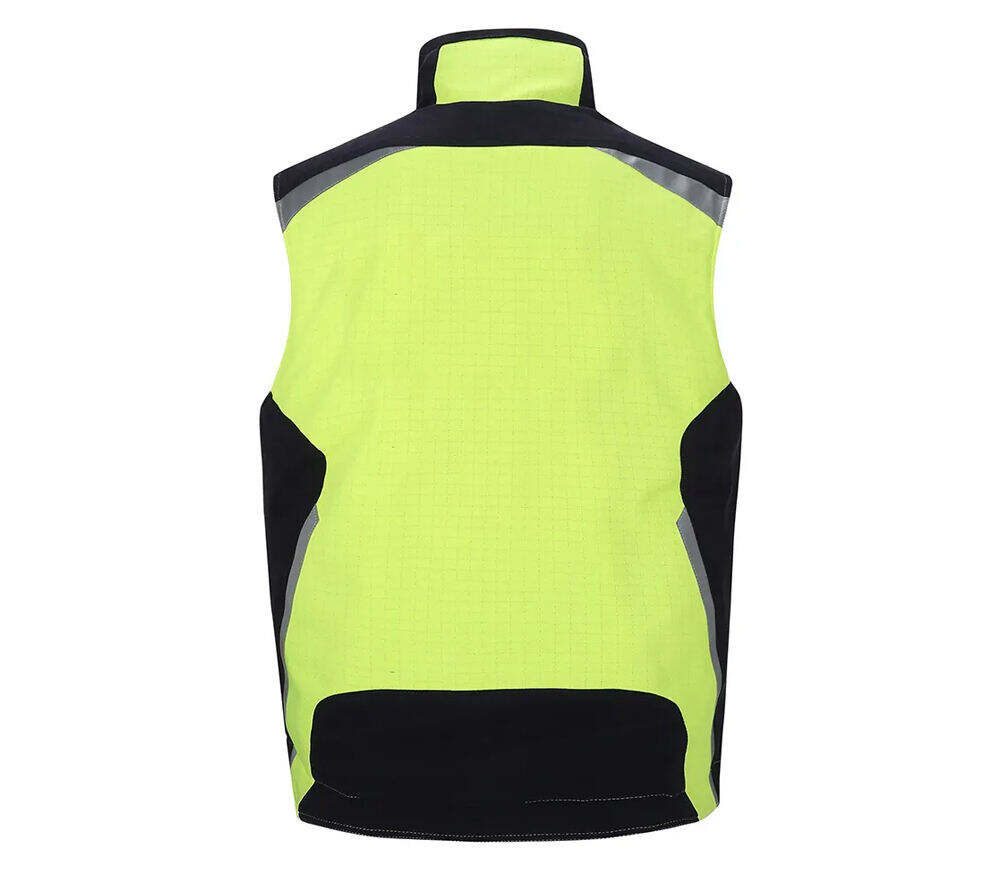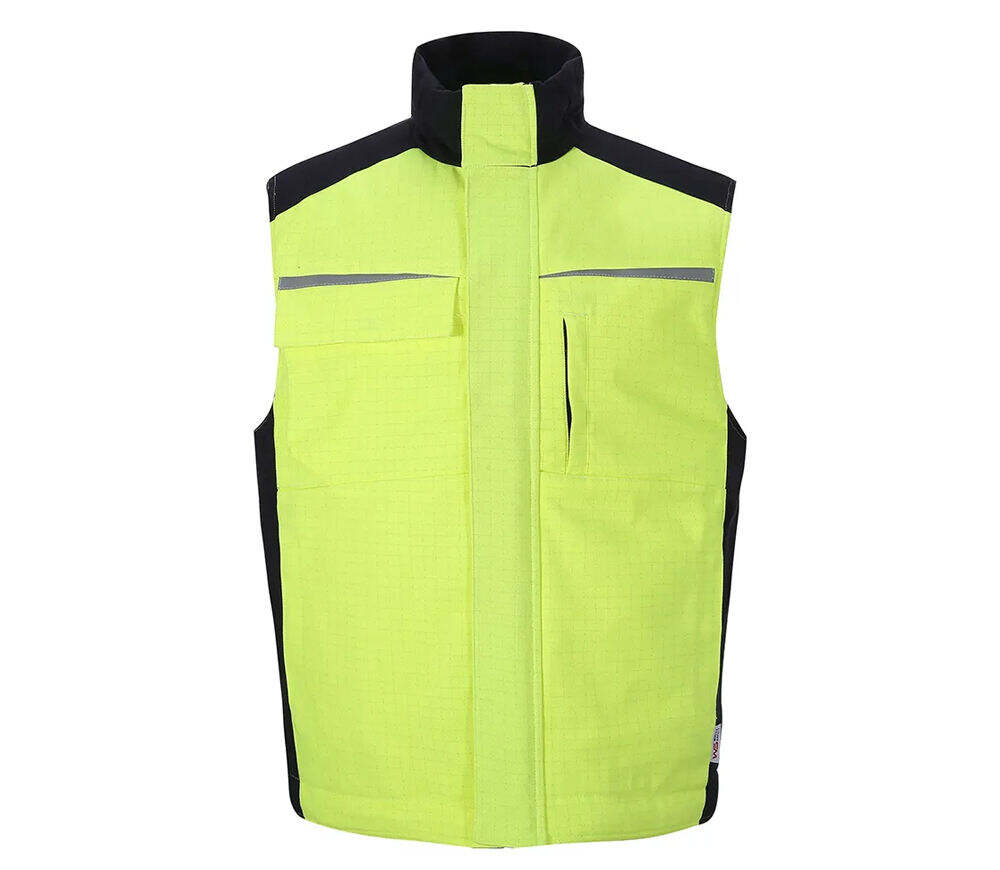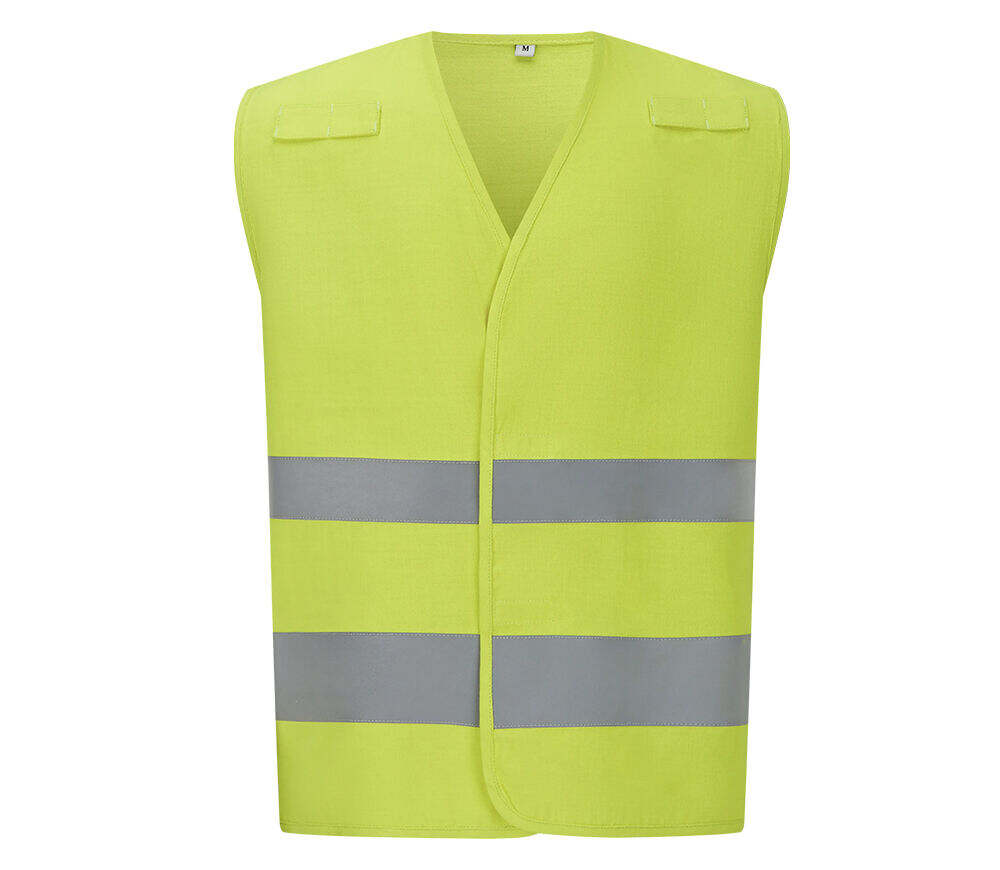Understanding what are the standards for safety apparel is crucial for businesses seeking to protect their workers and comply with regulatory requirements. Safety apparel standards are established by international and national organizations to ensure that personal protective equipment (PPE) provides reliable protection against workplace hazards. At Top Wholesafety (Shaanxi) Co., Ltd., we adhere to the highest safety standards in the development and production of our safety apparel. One of the most widely recognized standards for safety apparel is the EN ISO 20471 standard, which specifies requirements for high visibility clothing. This standard sets out criteria for the design, color, and reflective properties of high visibility garments, ensuring that they provide adequate visibility in low-light conditions. Garments that meet this standard are classified into three classes based on their level of visibility, with Class 3 offering the highest level of protection. Another important standard is the NFPA 2112 standard, which focuses on flame-resistant clothing for industrial personnel. This standard specifies requirements for the design, construction, and performance of flame-resistant garments, ensuring that they provide reliable protection against flash fire hazards. Garments that meet this standard are tested for their ability to resist ignition, prevent the spread of flames, and minimize burn injury. For the electrical industry, the NFPA 70E standard is crucial. It provides guidelines for electrical safety in the workplace, including requirements for arc-rated clothing. Arc-rated clothing is designed to protect workers from the thermal hazards of an electric arc flash, which can cause severe burns and injuries. The standard specifies requirements for the arc rating, design, and construction of arc-rated garments, ensuring that they provide adequate protection against arc flash hazards. In addition to these standards, there are also industry-specific standards for safety apparel, such as those for the construction, mining, and petrochemical industries. These standards address the unique hazards and requirements of each industry, ensuring that workers are equipped with the most suitable PPE for their work environment. At Top Wholesafety, we are committed to meeting and exceeding these safety standards in all our products. We conduct rigorous testing and quality control measures to ensure that our safety apparel provides reliable protection and meets the highest quality standards. By choosing our safety apparel, businesses can have peace of mind knowing that their workers are equipped with the best possible protection against workplace hazards.


